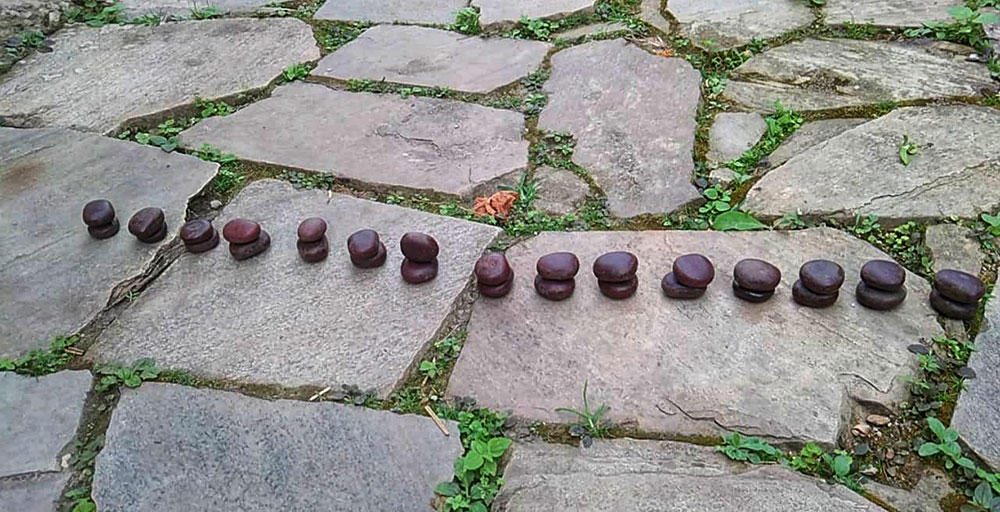Neten Dorji
Trashigang — As the farming season comes to an end in villages across eastern Bhutan, a cherished tradition of celebration ensues, marked by gatherings of neighbourhood women to engage in the age-old game of Kolokpa.
A nostalgic activity evoking memory of simpler times, when technology was not all-encompassing, this indigenous game holds cultural significance and serves as a symbol of unity and harmony in communities.
Kolokpa, deeply rooted in local heritage, involves spinning dry round seeds of Entada rheedii, also known as snuff box sea bean. The number of stacked seeds determines the length of the game, with players aiming to disrupt opponents’ stacks by skillfully spinning their own seeds from a distance of three to four metres.


Kolokpa, an ingenious game on the verge of extinction
The objective of spinning kolokpa is to touch or hit as many of the opponent’s seeds as possible. Disrupted or moved opponent’s seeds are taken by the shooter and added to his stack. The one with most number of seeds is the winner.
While the game’s origin remains shrouded in mystery due to the lack of written records, Kelzang Namgay, a resident of Momring village in Samdrupjongkhar, speculates that the game may have originated in the lower parts of Samdrupjongkhar, where its prevalence was observed around five decades ago.
The game’s survival has been ensured through generational transmission, with older players passing down their knowledge to the young.
However, concerns loom over the future of kolokpa, as younger generations appear less interested in such traditional games. With the rise of complex modern games and the allure of smartphones, the appeal of kolokpa seems to wane among today’s youth. This shift in interests poses a threat to the game’s continuity and raises fears that its unique essence might fade away with the passing of older players.
Despite the challenges, devoted players like Melam Zangmo and others in her age group remain passionate about kolokpa, gathering during festive occasions such as Losar to relish the joy and camaraderie it brings.
The game’s simplicity and strategic depth have contributed to its popularity as an entertaining and educational pastime in Bhutan’s eastern dzongkhags.
Pema Wangchuk, a lecturer at the College of Language and Culture Studies, Taktse, who has conducted research on kolokpa, emphasises its significance as a means of entertainment during the winter months, coinciding with various festive celebrations. In the past, temple grounds or dedicated village playgrounds served as venues for the game, fostering a sense of community engagement.
Beyond its role as a recreational activity, kolokpa holds diverse cultural uses. The instrument produces rhythmic sounds when shaken and is employed by male dancers in performances. In Zhemgang, it was historically consumed as food during times of food scarcity, although awareness of its preparation has diminished with time.
Additionally, the kolokpa finds its way into other games and is employed in other regions of the country.
As Bhutan’s cultural landscape encounters the influence of modernity, the fate of kolokpa hangs in the balance. Efforts to preserve and promote this treasured heritage game may prove crucial in safeguarding not only a cherished pastime but also a unique expression of community cohesion and joy in Bhutanese life.


